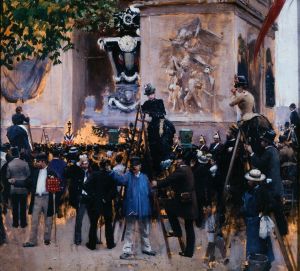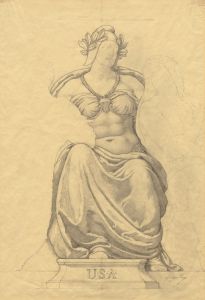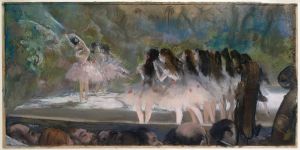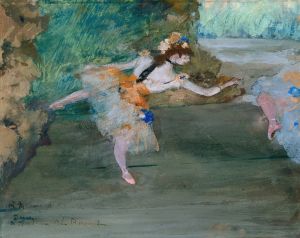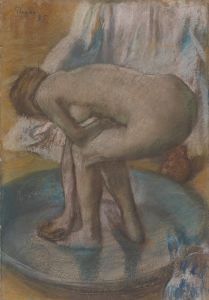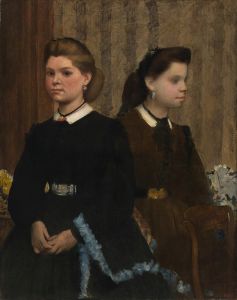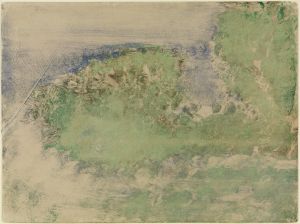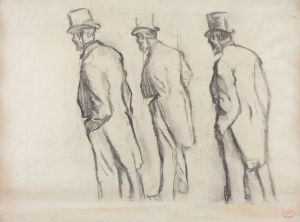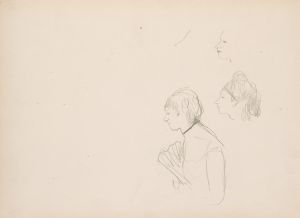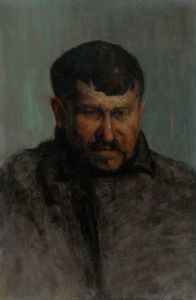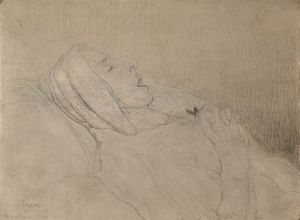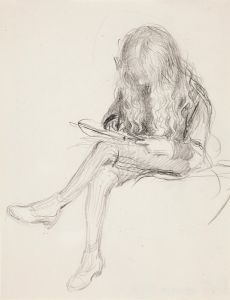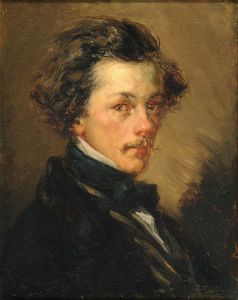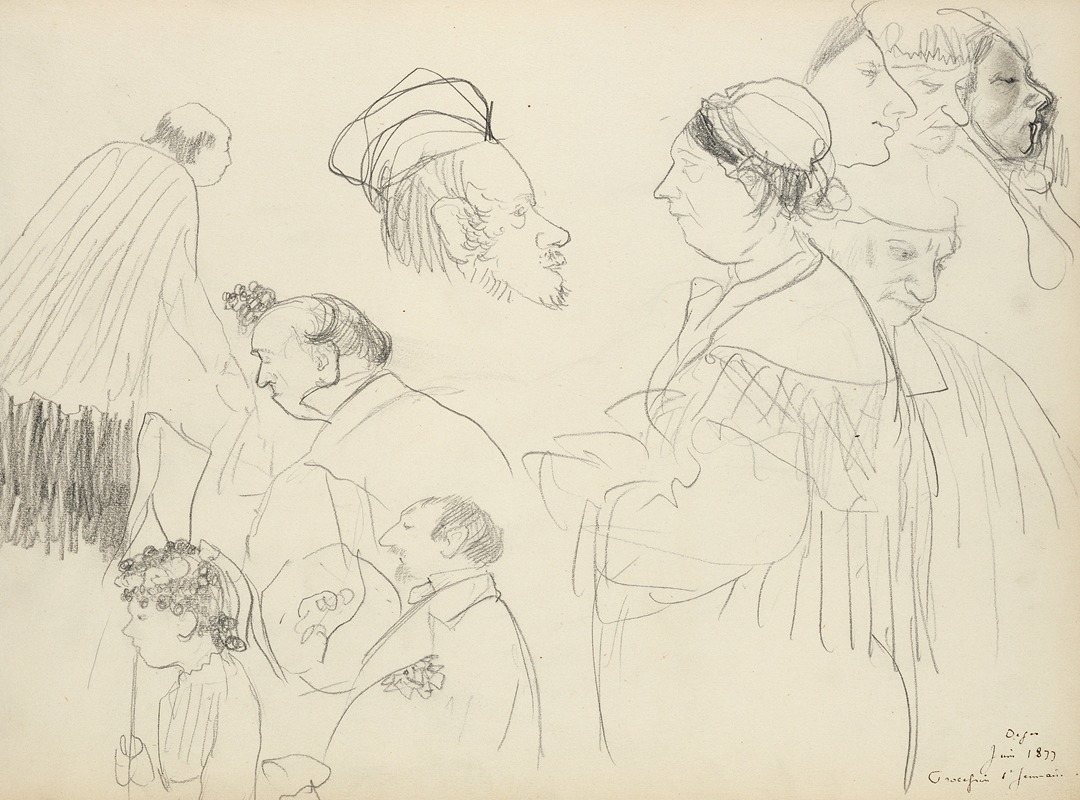
Sketches of Figures at a Funeral
A hand-painted replica of Edgar Degas’s masterpiece Sketches of Figures at a Funeral, meticulously crafted by professional artists to capture the true essence of the original. Each piece is created with museum-quality canvas and rare mineral pigments, carefully painted by experienced artists with delicate brushstrokes and rich, layered colors to perfectly recreate the texture of the original artwork. Unlike machine-printed reproductions, this hand-painted version brings the painting to life, infused with the artist’s emotions and skill in every stroke. Whether for personal collection or home decoration, it instantly elevates the artistic atmosphere of any space.
"Sketches of Figures at a Funeral" is a work attributed to the French artist Edgar Degas, who is widely recognized as one of the most influential figures in the Impressionist movement. Degas, known for his mastery in capturing human emotion and movement, often explored themes of modern life, including scenes of everyday activities, performances, and intimate moments. However, this particular work stands out for its somber subject matter, as it depicts figures associated with a funeral.
The artwork is a sketch, showcasing Degas's skill in draftsmanship and his ability to convey mood and atmosphere with minimal detail. The figures in the composition are rendered with loose, expressive lines, suggesting a moment of quiet reflection or mourning. The sketch format indicates that it may have been a preparatory study for a larger, more finished work, though no definitive evidence exists to confirm this.
Degas frequently used sketches as a way to experiment with composition, pose, and emotion. His sketches often reveal his process of observation and his interest in capturing fleeting moments of human experience. While "Sketches of Figures at a Funeral" is less well-known compared to his iconic works featuring dancers and bathers, it reflects his broader interest in the human condition and his ability to depict the subtleties of human behavior.
The exact date of creation for this sketch is not definitively documented, but it is consistent with Degas's broader body of work, which spans the mid-to-late 19th century. The medium of the sketch is also not definitively recorded, though Degas commonly worked with materials such as graphite, charcoal, and pastel for his preparatory studies.
As with many of Degas's works, the sketch is notable for its economy of detail and its focus on the emotional resonance of the scene. The figures are not individualized but instead serve as representations of collective mourning, emphasizing the universal nature of grief.
Currently, there is limited information available regarding the provenance or current location of "Sketches of Figures at a Funeral." It is not among Degas's most frequently exhibited or studied works, and its historical context remains relatively obscure.
Given the lack of extensive documentation or scholarly analysis on this specific piece, much about its origins and purpose remains unknown. However, it remains a testament to Degas's ability to capture the essence of human emotion through his art.





